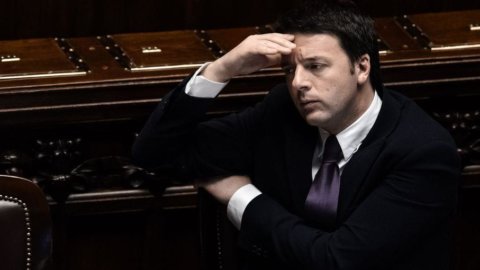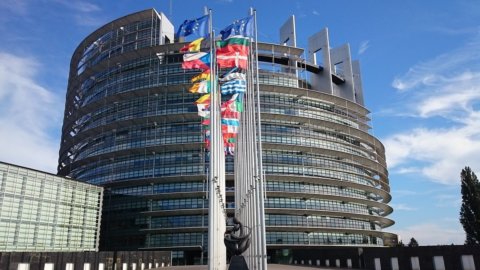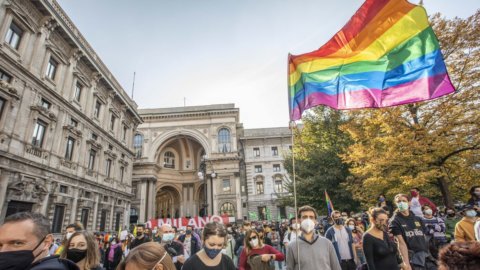Today's regional elections in Emilia-Romagna and Calabria are a sort of mid-term vote for Prime Minister Matteo Renzi but also for the leader of Forza Italia, Silvio Berlusconi.
All the polls on the eve take for granted the success of the Democratic Party in Emilia and its leaders Stefano Bonaccini and in Calabria and its leaders Mario Oliverio. But the votes are counted and weighed and then the test becomes important for Renzi to understand if and to what extent the prime minister will be able to get close to the record results of the Europeans despite the polls of the last few weeks denouncing a decline in consensus for the first time linked to the difficulty of bringing home concrete results in terms of reforms and in the fight against the economic crisis.
Renzi's first obstacle is not represented so much by opposing parties but by abstention: a success with few votes would be a mutilated victory for the Democratic Party and its leader.
But Silvio Berlusconi is even more anxious than Renzi. Torn apart by internal strife, Forza Italia sees the danger that Matteo Salvini's leaping League overtakes it in Emilia-Romagna as a nightmare. If this were to happen, a crisis with indefinable results would arise in Forza Italia where the dissent of the Leases and Brunettas against Berlusconi's soft line towards Renzi has been mounting for some time.
In reality, the former Cavaliere fears early elections and tries to exorcise the risk by supporting the Renzi government from a distance. But the vote of the Regionals will tell today to what extent this line is still sustainable and what scenarios will also open up for the national legislature.





